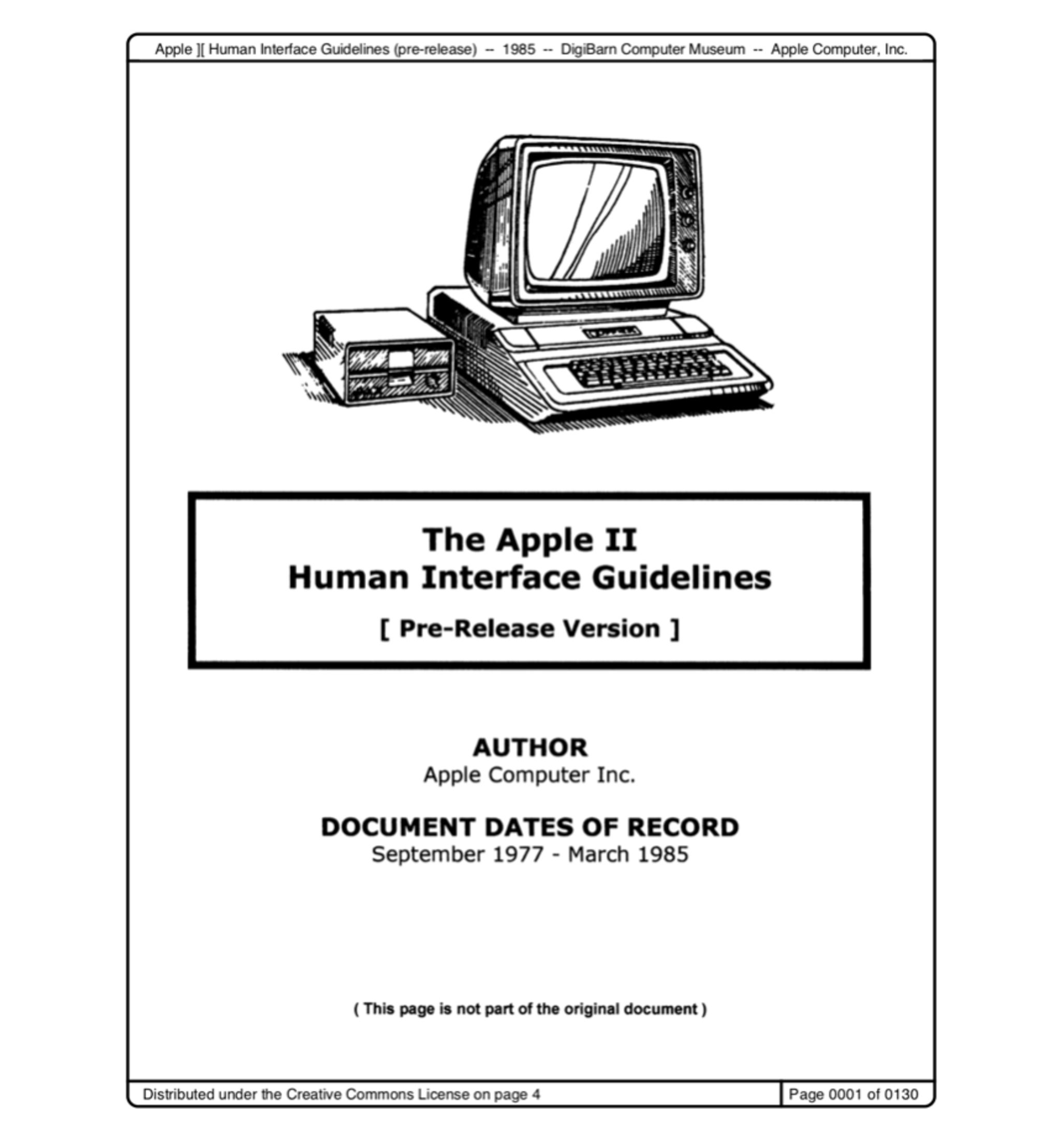I’d say the UI was the biggest shakeup
I’d say the biggest shakeup was the features Jobs pushed hard in the keynote.
- It was a cellphone. A good cell phone. Everyone had a cell phone and nearly everyone hated them. The blackberry was decent if all you did was send text messages and make phone calls, but it was rubbish at everything else. PocketPC and Symbian and other flip phones were even worse, though each specific model had a different set of feature trade offs (did you ever try writing an email on a small PocketPC device? You had to press tiny keys with an equally tiny stylus and text was almost impossible to read (or alternatively so large that you couldn’t fit enough text. Larger ones were a good experience but they were way too big for most people. Even the iPhone was considered huge at the time (it was much bigger than a blackberry for example).


-
It was an iPod. Everyone (who could afford one) owned an iPod and it sucked having two gadgets in their pocket all day and keeping two gadgets charged. That was the feature that made the iPhone a “must have” product. Combining your phone and music device was a massive improvement and an obvious one even if you weren’t sure about the other stuff. Other phones could play music by then, but they were all still really terrible. I could only fit a single album on my Symbian phone and it took hours of stuffing around and reading manuals and installing buggy software to figure out how to load MP3s onto the device. Yuck.
-
It was able to browse the internet. The real, full internet. Everyone working a desk job was used to doing that all day every day, but now it was possible to do it away from your desk. That was a huge deal and I think by far the most meaningful feature of the iPhone… except it was a product nobody had ever used before, so it couldn’t be the only headline feature.



Apple shipped the Newton in 1993. Well before Palm. And long, long, before shipping the Newton they were talking about hand held computers. The idea that they copied Palm is ridiculous.
Like Palm, the Newton wasn’t good enough to achieve widespread market adoption (and Apple recognised that - killing it in 1998).
Sure - iPhone wasn’t the first pocket computer and it was a very obvious invention that companies all over the world had failed to pull off for decades. I think Microsoft was the closest - their Pocket PC that was pretty good and they had a massive decade long version almost rebuilt from scratch about to ship when the iPhone came out… But Apple beat them to it and Google followed close behind - reportedly Google’s early hardware partners were planning to ship Windows on those devices but Microsoft lost out on the contract negotiations, Satya Nadela said they were just too slow - their hardware partners want to wait for them.
Apple was first to ship a good pocket computer. That was real innovation. Real innovators are the ones that get it right, and being first (to get it right) matters because once it’s done once everyone else can just copy your idea instead of wasting time developing and testing dead end solutions to hard problems. The early Android devices for example, looked more like the old Pocket PC or a Blackberry. They probably weren’t good enough to be successful. They quickly copied ideas like the software keyboard from Apple, and quickly adopted Apple’s open source technology like the WebKit rendering engine.